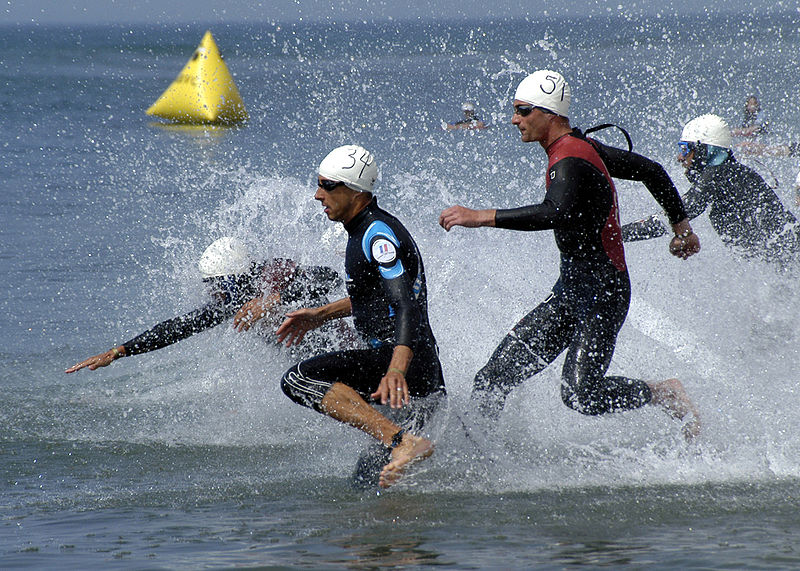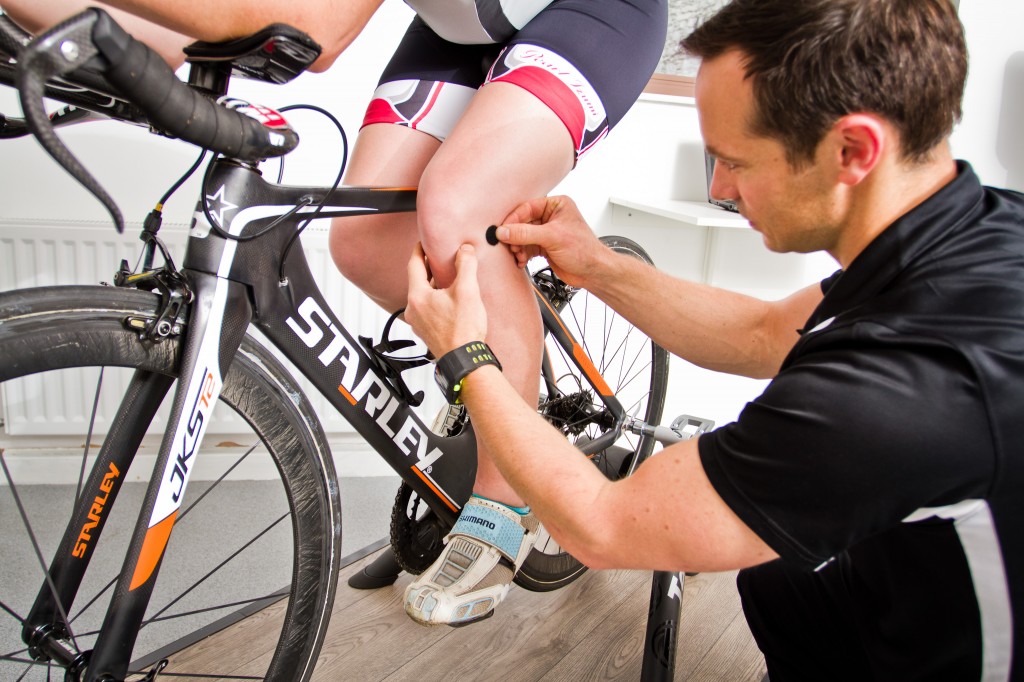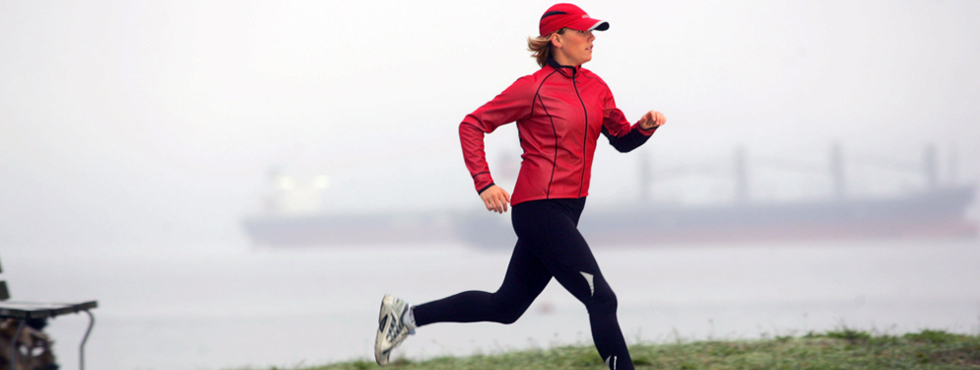Triathlon is an incredibly enjoyable and rewarding sport and is now more popular than ever. However, it can be demanding on the body and occasionally lead to injuries. Given that triathlon consists of three components, it is helpful to break it down into each part. Here’s how an Osteopath at the Competitive Sports Clinic would assess, treat and manage a triathlete.
Swim
Swimming is the first leg of a triathlon, and the most challenging for some. Common injuries that a swimmer can incur are at the shoulder, neck and mid back. An Osteopathic consult for a swimmer would consist of:
– A full history and assessment to get an idea of the swimmer’s training load, possible pre-disposing factors to injury and to formulate a diagnosis.
– This would most likely be followed by some hands-on treatment
– The swimmer would then be shown or given an individual training and exercise rehabilitation program.
– The swimmer would then potentially be sent for a stoke analysis if the Osteopath thought it was a pre-disposing factor for injury.
Ride
The ride is the second leg of a triathlon and important for setting yourself up for a good final run. Common injuries that can occur in a cyclist are those at the knee, hip and low back. An Osteopathic consult for a cyclist would include:
– A full history and assessment to get an idea of the cyclists training load, possible pre-disposing factors to injury and to formulate a diagnosis.
– This would most likely be followed by some hands-on treatment.
– The cyclist would then be instructed on an individual training and exercise rehabilitation program.
– The cyclist may also be sent for a bike fit and analysis if the Osteopath thought it was a pre-disposing factor for injury.

Run
The run is the third and final leg of a triathlon and can make or break your race. Common injuries for runners include overuse injuries e.g tendinopathies, ankle, knee and hip injuries. The main parts of an Osteopathic consult for a runner would include:
– A full history and assessment to get an idea of the runners training load, possible pre-disposing factors to injury and to formulate a diagnosis.
– This would most likely be followed by some hands-on treatment.
– The runner would then be instructed on an individual training and exercise rehabilitation program.
– The runner may also be sent for a running analysis if the Osteopath thought it was a pre-disposing factor for injury.
By thoroughly analysing the integral parts of a triathlete’s training program, technique and individual movement, followed by Osteopathic treatment and the formulation of rehabilitation and training recommendations, Osteopathy may be of significant benefit to a triathlete recovering from injury.
About the Author:
Dr. Nicholas Tripodi is a Co-director and Osteopath at the Competitive Sports Clinic located in the Essendon District. Nicholas has particular interests in sports injuries, exercise rehabilitation and running and cycling analysis.



